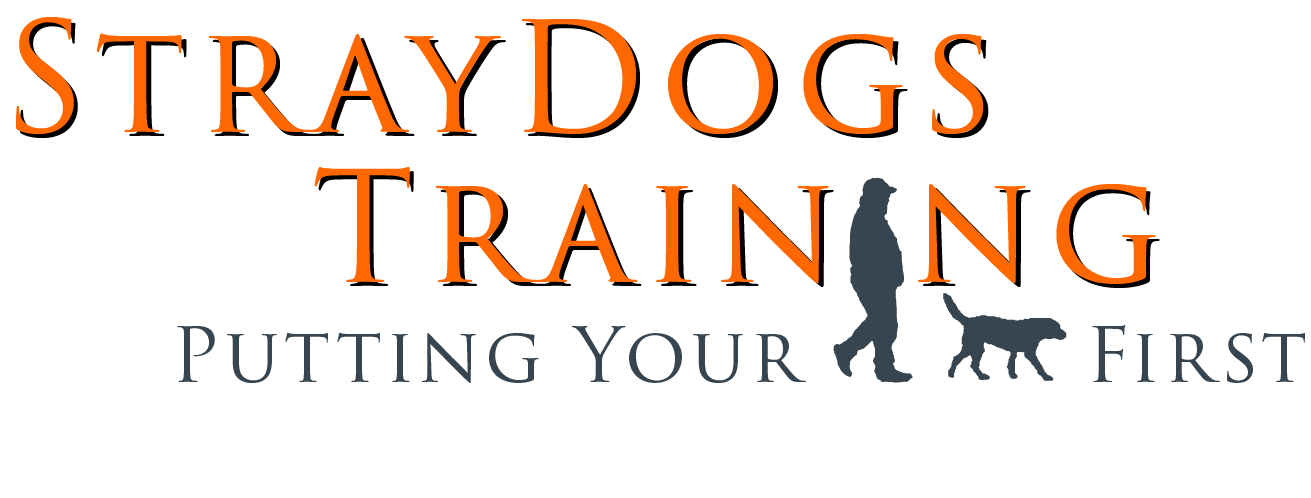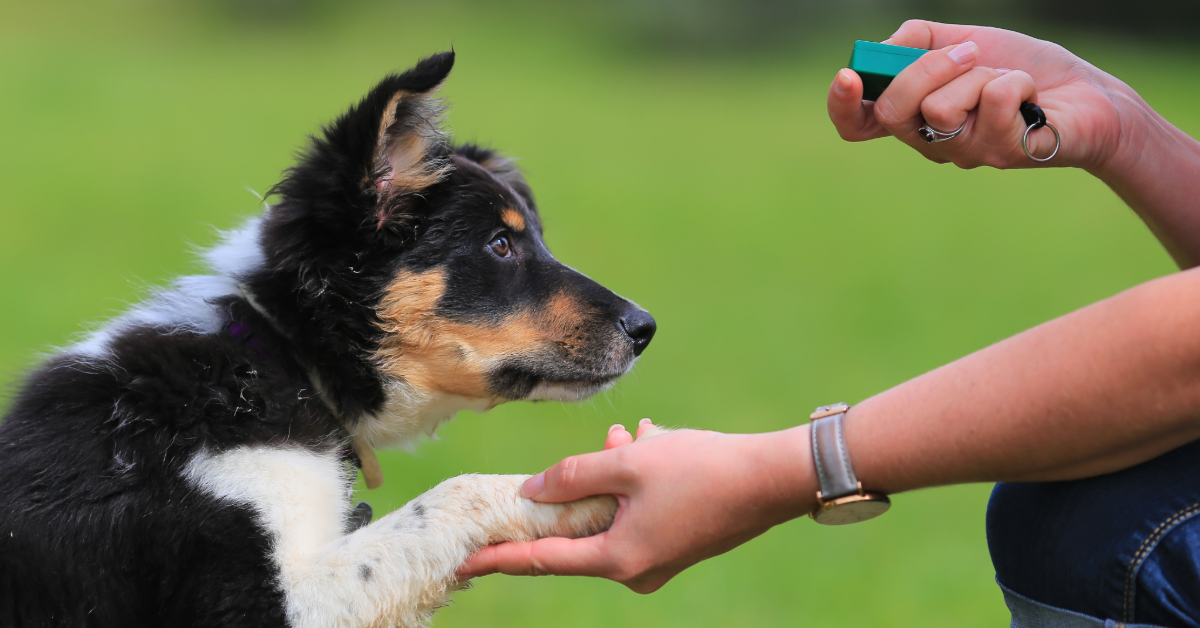Training your dog is a rewarding journey, but if your methods feel outdated or aren’t delivering results, it might be time to declutter your approach. By assessing and removing ineffective strategies, you open the door to techniques that are more effective for both you and your dog. This article will guide you through the process of streamlining your training routine for better results and a stronger bond with your dog.
Why Decluttering Your Dog Training Routine Matters
Just like clearing out a cluttered closet, evaluating your training methods allows you to focus on what truly works. Ineffective techniques not only waste time but can also create frustration for you and confusion for your dog. By letting go of outdated approaches, you can adopt methods that align with your dog’s unique personality, learning style, and needs.
Signs It’s Time to Update Your Training Methods
Not sure if your current methods need an overhaul? Here are some signs:
- Your dog isn’t responding as expected. If your dog seems confused or isn’t progressing, it may be due to unclear or ineffective methods.
- You feel frustrated or stuck. Training should be a positive experience. If it’s becoming a chore, it’s time to reassess.
- Your dog’s needs have changed. As your dog grows, their training requirements and responses may evolve.
- You’re using outdated techniques. Harsh corrections or dominance-based methods have been replaced by more effective strategies like positive reinforcement.
Steps to Declutter Your Training Routine
Decluttering your dog training routine doesn’t have to be overwhelming. Follow these simple steps:
Step 1: Assess Your Tools
Start by evaluating your training tools. Are they outdated, worn out, or inappropriate for your dog? For example:
- Switch to a properly fitted head collar instead of a harness or regular collar if your dog pulls on walks.
- Use high-value treats like chicken or cheese to increase motivation during training.
Replace anything that doesn’t enhance your training sessions.
Step 2: Identify Ineffective Methods
Take a closer look at your training techniques. If something isn’t working, it’s okay to transition away from them. Some common outdated or ineffective methods include:
- Punishment-based techniques that rely on fear or intimidation.
- Overly complex commands or inconsistent cues.
- Ignoring your dog’s individual learning pace and style.
Step 3: Incorporate Positive Strategies
Replace ineffective methods with proven approaches:
- Positive Reinforcement Training: Reward your dog with treats, praise, or play for desirable behaviors. This approach encourages learning through positive associations and builds trust.
- Marker Training: Use a marker (a clicker or a verbal cue like “Yes!”) to mark the exact moment your dog performs the desired behavior, followed by a reward. This helps your dog quickly understand what you’re reinforcing.
- Shaping Behavior: Break down complex commands into small, manageable steps. Reward your dog for incremental progress, building up to the final desired behavior.
- Desensitization and Counterconditioning: For dogs with fear or reactivity issues, gradually expose them to triggers at a low intensity while pairing the experience with something they love, like treats, to change their emotional response.
- Engagement Training: Capture your dog’s attention through interactive games and activities. This method strengthens your bond while improving focus during training sessions.
Benefits of Decluttering Your Training Approach
Adopting a simplified and effective training routine can:
- Improve communication between you and your dog.
- Boost your dog’s confidence and willingness to learn.
- Create a stronger bond built on trust and mutual respect.
- Save you time by focusing on techniques that actually work.
Need Help Streamlining Your Training?
If you’re unsure where to start or need guidance in choosing the right methods, we’re here to help! Book a free 30-minute consultation to discuss your dog’s unique needs and create a tailored training plan.
👉 Book Your Free Consultation Now
By decluttering your training routine and adopting modern, effective strategies, you’ll create a more enjoyable and productive training experience for both you and your dog. Remember, training is a journey—one that’s meant to be positive, rewarding, and full of growth!

